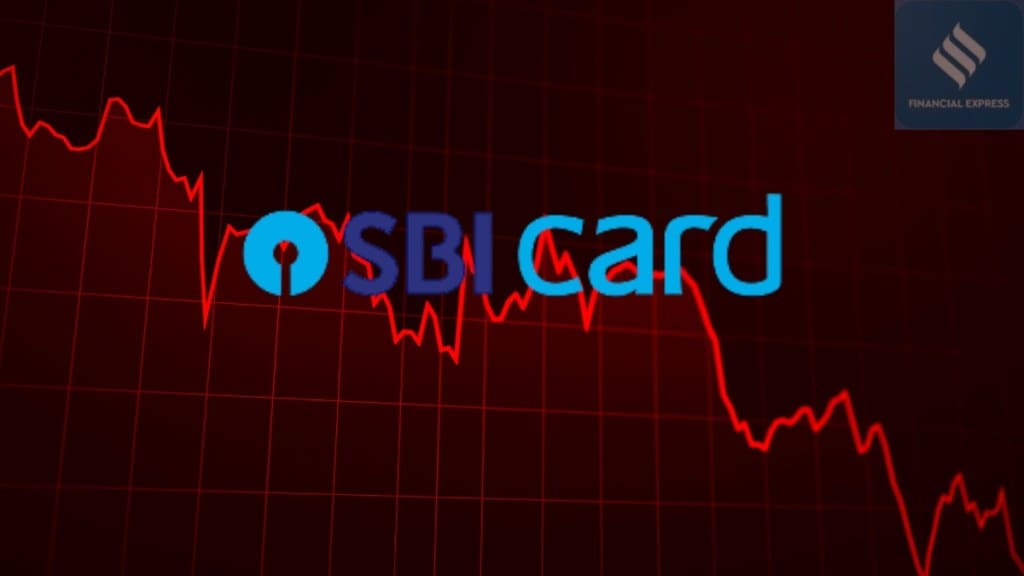Goldman Sachs has downgraded SBI Cards & Payment Services to Neutral from Buy. The brokerage has a price target of Rs 1,006 for the next 12 months, which is an upside of a mere 8%.
Here are three reasons for the following three key reasons:
Goldman Sachs on SBI Cards: Near-Term EPS growth may be muted
Goldman Sachs sees long-term potential in the stocks, but expects a gradual uptick in EPS due to slower conversion of card spends to interest-bearing loans. Plus, the pressure on NIMs and operating leverage is adding to the slow EPS growth. The higher-than-expected credit costs due to its ECL policy, along with a gradual improvement in portfolio (likely more in the H2 FY26)
“While we believe SBI Card’s EPS growth will start accelerating in the second half on improving ROA coupled with loan growth acceleration, in the near term, we believe the EPS growth uptick could be gradual,” said Goldman Sachs.
Goldman Sachs on SBI Cards: Uncertainty in credit costs and loan growth revival
According to the brokerage house, the debate is around two questions. First, will credit card loan growth sustainably pick up from the current 8.5% YoY? As the loan growth revival for the whole industry remained tepid at 8.5% YoY as of May 2025, the conversion factor from spends to interest-bearing loans. Second, how significantly will credit costs improve this cycle? These uncertainties are making the brokerage cautious and affecting near-term visibility.
Goldman Sachs increased credit costs assumptions by 50 basis points each in FY26 and FY27 to 7.5% and 6.5% respectively, mainly due to a gradual improvement in Stage-2 assets.
Goldman Sachs on SBI Cards: Sharp Valuation Re-Rating
One more thing that has added to the downgrade is that Goldman Sachs believes that SBI Cards’ strong stock performance, up 35% YTD, has already priced in many positives. The stock is now trading above its historical valuation average, making the risk-reward less favourable.
The strong stock performance is “likely from the company reporting improving performance in its early delinquencies as well as improved NIM outlook on sharper interest rate cuts in the system, coupled with the pick-up in market share in card spends,” said Goldman Sachs.

